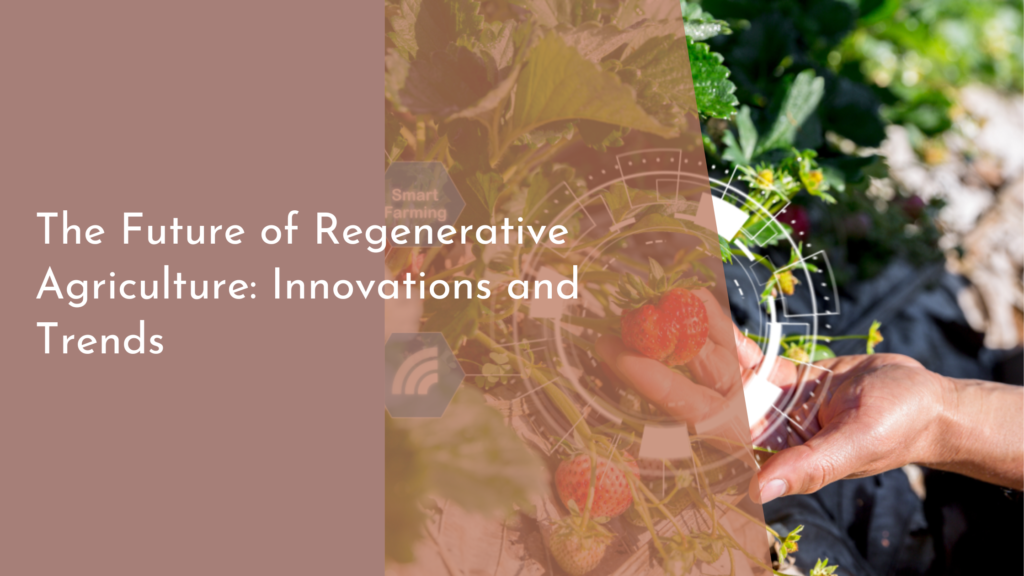Wildlife-friendly certification for agricultural products
In an era where the balance of our ecosystems hangs in the balance, wildlife-friendly certification for agricultural products is becoming increasingly vital. This certification not only promotes sustainable farming practices but also serves as a beacon for consumers who care about the environment. By embracing wildlife-friendly practices, farmers can help protect biodiversity while also reaping economic benefits. This article will explore the benefits of this certification, how it can enhance agricultural products, the key criteria for achieving it, and how farmers can join this essential movement.
Discover the Benefits of Wildlife-Friendly Certification
Wildlife-friendly certification acts as a badge of honor for farmers, showcasing their commitment to protecting biodiversity and promoting sustainable agricultural practices. By adopting these eco-friendly methods, farmers contribute to the preservation of habitats for various species, from pollinators like bees to larger wildlife. This commitment not only helps combat the loss of biodiversity but also fosters healthier ecosystems, which are crucial for sustainable agriculture.
Moreover, consumers are increasingly making purchasing decisions based on environmental criteria. Wildlife-friendly certified products often command a premium price, as buyers are willing to pay more for goods that support ecological integrity. This certification can also open new markets, as retailers and distributors are increasingly seeking sustainable products to meet consumer demand. In essence, wildlife-friendly certification not only benefits the planet but can also enhance the financial viability of agricultural operations.
How Certification Boosts Your Agricultural Products
Obtaining wildlife-friendly certification can significantly elevate the marketability of agricultural products. Certification provides consumers with assurance that the products they are purchasing are produced in a manner that respects and enhances the natural environment. As more consumers prioritize sustainability, having this certification can differentiate products in a competitive marketplace, attracting a clientele that values ethical and green practices.
Additionally, wildlife-friendly certification often comes with resources and support systems that help farmers improve their practices. Many certifying bodies offer educational programs, workshops, and networking opportunities that allow farmers to share best practices and learn from each other. This collaborative approach not only helps enhance individual farms but fosters a community dedicated to wildlife conservation and sustainable agriculture.
Top Criteria for Wildlife-Friendly Farming Practices
The criteria for wildlife-friendly certification vary by organization, but there are several common principles that underpin most standards. These include the preservation of native habitats, the use of organic farming methods, and the minimization of harmful chemicals and pesticides. Farmers must demonstrate a commitment to maintaining and enhancing local biodiversity, which often involves creating wildlife corridors, planting cover crops, and implementing integrated pest management strategies.
Additionally, water conservation and soil health are critical components of wildlife-friendly practices. Farmers are encouraged to adopt techniques that reduce soil erosion and improve soil health, such as crop rotation and reduced tillage. By focusing on these areas, farmers can create an environment that supports wildlife while also improving the resilience and productivity of their farming systems. Meeting these criteria not only benefits wildlife but also leads to more sustainable farming practices overall.
Join the Movement: Certify and Protect Our Wildlife!
As awareness of environmental issues continues to grow, there has never been a better time to consider wildlife-friendly certification. By taking this step, farmers can actively contribute to the conservation of wildlife and promote sustainable practices that benefit both the environment and their livelihoods. Joining this movement represents more than just an opportunity for certification; it signifies a commitment to a healthier planet and a sustainable future.
Getting started with the certification process can be easier than it seems, with many resources and organizations available to assist farmers through each step. Whether it’s through attending workshops, connecting with local agricultural extension offices, or working with certifying bodies, support is readily available. By taking this initiative, farmers not only play a crucial role in protecting wildlife but also inspire others in the agricultural community to embrace sustainable practices.
Wildlife-friendly certification offers a win-win opportunity for farmers and the natural world alike. By adopting practices that protect biodiversity, farmers can enhance their products and contribute to a healthier planet. As we stand at the crossroads of agriculture and conservation, the call to join this movement has never been stronger. Let’s work together to certify and protect our wildlife, ensuring a sustainable future for generations to come!


